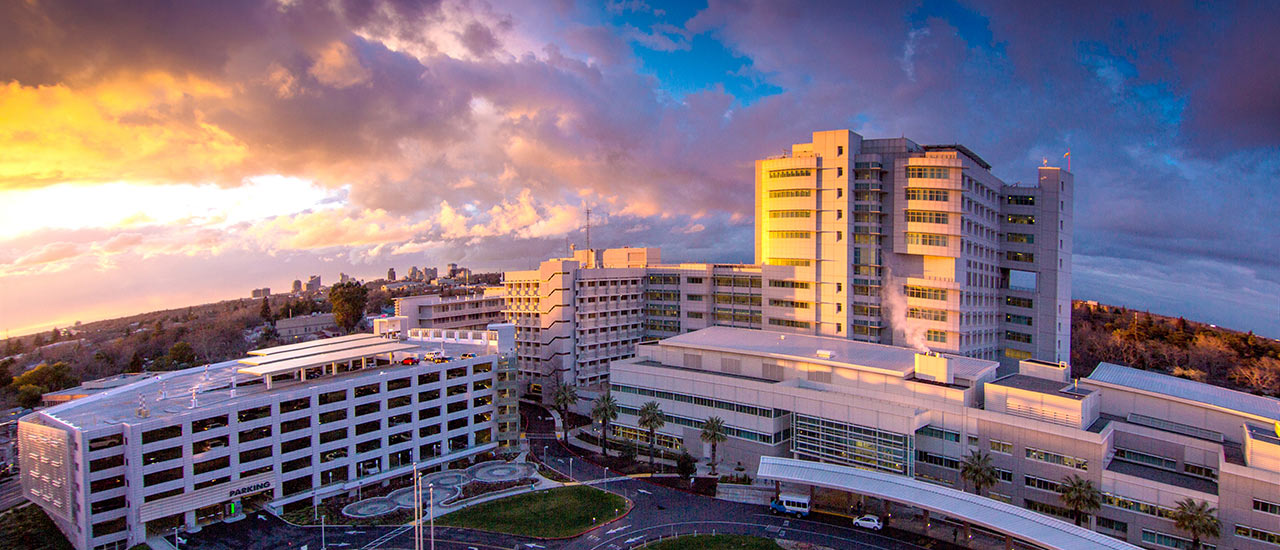UC Davis Health’s surgeons are using 3D printing to assist them in complex surgical procedures. Part of the University of California, Davis, the faculty believes that in the long term this technology will remove barriers to understanding in medical surgery and medical education.
David Lubarsky, vice chancellor of human health sciences and CEO of UC Davis Health, said, “3D printing, which for us means manufacturing that’s accurate, affordable and on-site, can be a game changer in health care.”
“By enabling intricate anatomy to be translated from computerized data into life-like replicas that clinicians can actually hold, analyze and work with means that challenging medical puzzles will become that much easier to solve.”

3D printing for facial reconstruction
In recent years, 3D printing technology has proved its usefulness in the biomedical field. Primary examples of this include the use of the technology in cancer research, patient-specific spinal and dental implants and pre-surgery planning.
UC Davis Health is using an Ultimaker 3 printer to make a difference.
With the help of 3D printed anatomical models, Joseph Michael went through a surgical procedure which restored his eyesight. Michael, whose orbital socket (the circular cavity in which the eye rests) was damaged after an assault, received treatment at UC Davis Health. Dr. E. Bradley Strong, a professor of otolaryngology and a facial reconstruction surgery specialist, performed the surgery.
Dr. Strong explained, “Facial reconstructive surgery involves intricate anatomy within an extremely narrow operative field in which to maneuver our instruments […] Being able to print out a high-resolution 3D model of the injury, allows us to do detailed preoperative planning and preparation that is more efficient and accurate.”
“We can also use these patient specific models in the operating room to improve the accuracy of implant placement.”
On the benefit that 3D printing brings to surgery planning, Dr. Strong further added, “[…] the accuracy of pre-surgical planning and the precision of implant bending and placement were greatly improved. It saves time and enables me to be more efficient and make critical decisions before entering the operating room.”
Sharing 3D printing space
The 3D printing amenity is shared among UC Davis and UC Davis Health’s four departments, which includes the School of Medicine, Betty Irene Moore School of Nursing, Practice Management Group, and Medical Center.
The technology is currently being employed for cancer research at the UC Davis Department of Radiation Oncology, attempting to 3D print boluses for radiotherapy, an application also explored by other institutions.
Furthermore, the Translating Engineering Advances to Medicine (TEAM) lab of the Biomedical Engineering department is 3D printing body parts of animals for veterinary surgery.
Professor of small animal orthopedic surgery, Denis Marcellin-Little, said, “There is great value in working together because veterinary medicine is a bit more ‘nimble’ on the development and application side, but the patient needs are very similar.”
For more news on how 3D printing is changing the biomedical field, subscribe to our 3D printing newsletter. And follow us on Facebook and Twitter for live updates.
We also have exciting careers in the industry, visit our 3D Printing Jobs site to learn more.
Featured image shows the UC Davis Health complex. Image via UC Davis.


